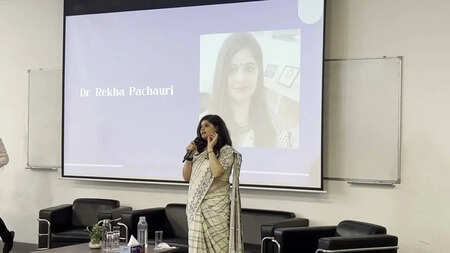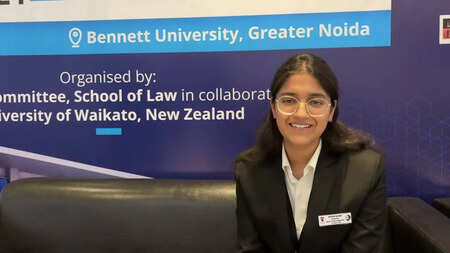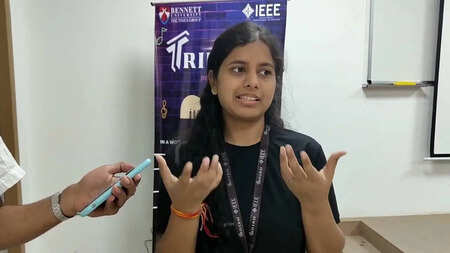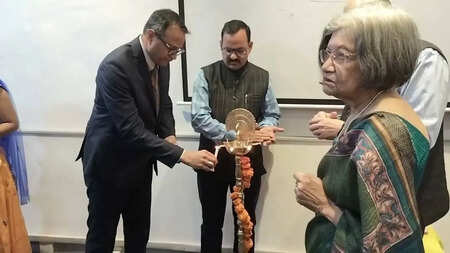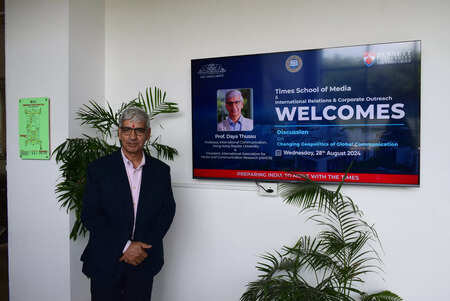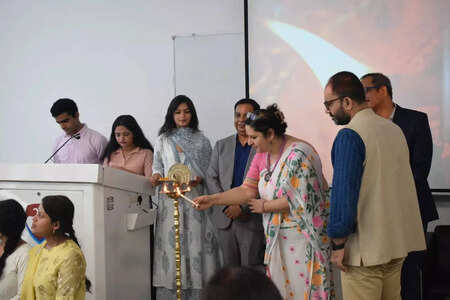The heartbreaking tale of The Goiânia Accident
Times of Bennett | Updated: Apr 25, 2023 12:05

By Jai Goyal
Once upon a time in the vibrant city ofGoiânia , Brazil, a series of events unfolded that would forever change the lives of its inhabitants. It was the year 1987, and on September 13th, two scavengers, Roberto dos Santos Alves and Wagner Mota Pereira , were scavenging for valuable items in an abandoned hospital called Instituto Goiano de Radioterapia (IGR). Little did they know that their fateful discovery would unleash a devastating chain of events.
As Alves and Pereira entered the dilapidated hospital, they stumbled upon a mysterious glowing capsule. Ignorant of its true nature, they believed it contained scrap metal and decided to take it with them. They brought it to a nearby residence and began to dismantle it, revealing a vivid blue powder inside. Unaware of the dangers, they spread the powder around, even giving it as gifts to friends and family.
Days passed, and on September 18th, the first signs of trouble emerged. The individuals who had come into contact with the blue powder began to experience severe symptoms such as vomiting, diarrhea, and burns on their skin. Alarmed, they sought medical help, but the cause of their suffering remained a mystery.
By September 25th, local authorities were alerted to the situation, and the true nature of the crisis was finally revealed. The substance was identified as cesium-137, a highlyradioactive element used in cancer treatment. The area around the house where the capsule was opened was swiftly cordoned off, and the contaminated individuals were rushed to the hospital for treatment.
The Brazilian Nuclear Energy Commission (CNEN) was called in to handle the escalating crisis. They established aradiation control zone and launched a massive decontamination effort. Trained teams in hazmat suits carefully collected the contaminated soil, furniture, and belongings, sealing them in lead-lined drums to prevent further spread of the radiation . It was a race against time to contain the invisible and deadly threat.
However, the aftermath of theGoiânia Accident was heart-wrenching. The individuals who had come into contact with the radioactive powder suffered from acute radiation sickness, with some facing long-term health complications and even succumbing to the effects of radiation. Families were torn apart, and the entire community was gripped by fear and uncertainty.
The decontamination process was arduous and complex, requiring extensive clean-up efforts and the relocation of affected residents. The contaminated soil had to be carefully removed and safely stored, while homes and buildings needed thorough decontamination to ensure the safety of the inhabitants. The emotional toll on the affected individuals and the community was immense, and the scars of the tragedy would linger for years to come.
TheGoiânia Accident also had wider implications. It raised awareness about the importance of proper handling and disposal of radioactive materials, prompting the Brazilian government to implement stricter regulations and guidelines. It also highlighted the need for public education on the dangers of radiation and the significance of following safety protocols when dealing with radioactive substances.
As time passed, theGoiânia Accident became a cautionary tale, serving as a sombre reminder of the devastating consequences of mishandling radioactive materials. It has led to increased vigilance and awareness in the safe handling and disposal of hazardous substances, not just in Brazil but also worldwide.
Once upon a time in the vibrant city of
As Alves and Pereira entered the dilapidated hospital, they stumbled upon a mysterious glowing capsule. Ignorant of its true nature, they believed it contained scrap metal and decided to take it with them. They brought it to a nearby residence and began to dismantle it, revealing a vivid blue powder inside. Unaware of the dangers, they spread the powder around, even giving it as gifts to friends and family.
Days passed, and on September 18th, the first signs of trouble emerged. The individuals who had come into contact with the blue powder began to experience severe symptoms such as vomiting, diarrhea, and burns on their skin. Alarmed, they sought medical help, but the cause of their suffering remained a mystery.
By September 25th, local authorities were alerted to the situation, and the true nature of the crisis was finally revealed. The substance was identified as cesium-137, a highly
The Brazilian Nuclear Energy Commission (CNEN) was called in to handle the escalating crisis. They established a
However, the aftermath of the
The decontamination process was arduous and complex, requiring extensive clean-up efforts and the relocation of affected residents. The contaminated soil had to be carefully removed and safely stored, while homes and buildings needed thorough decontamination to ensure the safety of the inhabitants. The emotional toll on the affected individuals and the community was immense, and the scars of the tragedy would linger for years to come.
The
As time passed, the


